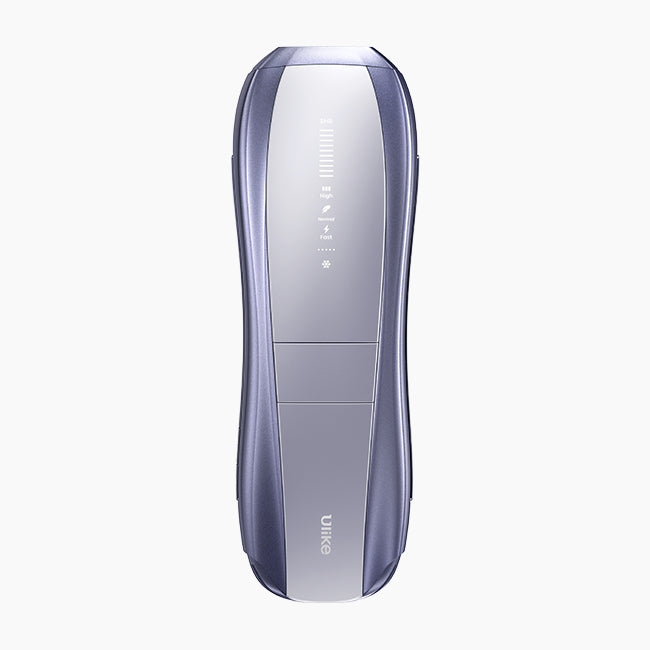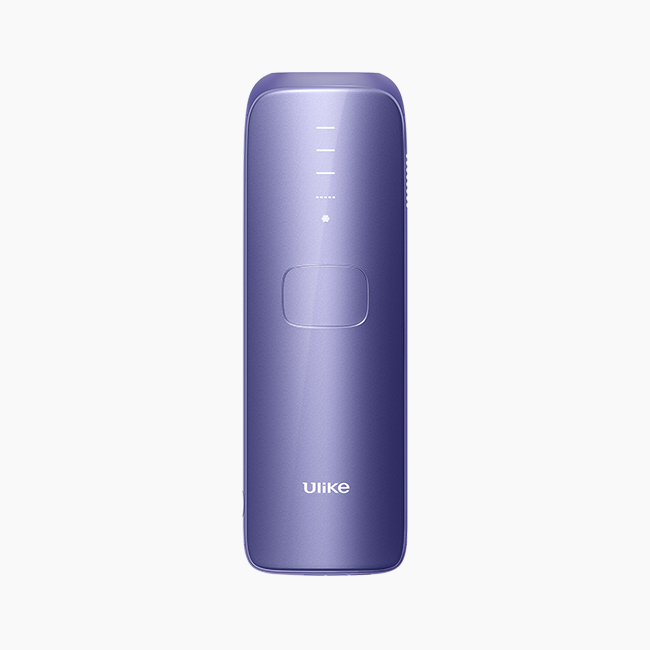
Will it make their hair grow thicker?
What are the possible pros and cons of shaving face women? Is it okay to use a razor on your face? We are here to answer all your queries. You will also learn about the right technique for shaving and some tips to avoid irritation after shaving.
Table of Contents:
- Part 1: Should Women Shave Their Face?
- Part 2: How Should Women Shave Their Face?
- Part 3: How Often Should Women Shave Their Face?
- Part 4: What to Do After Shaving Your Face: Skincare Tips for Women
Part 1: Should Women Shave Their Face?
Shaving can be a pleasant experience for some women, while others might not find it suitable. It has several advantages over other hair removal methods. However, if you are just a beginner or have sensitive skin, it can be a bit of an unpleasant experience.
Benefits of Shaving Facial Hair

- Improved Skin Texture: Shaving serves as a 2-in-1 hair removal method as it removes unwanted facial hair and removes dead skin cells. Gentle exfoliation gets rid of impurities, thus making your skin clear and minimizing the risk of acne. This means a hair removal method can also improve your skin texture
- Better Absorption: Dead cells and debris are usually layered above the fresh skin cells. These stop the skin care products from absorbing deeper into the skin. As shaving clears the layer of impurities, the moisturizers and other products can smoothly seep into your skin.
- Smooth Makeup Application: If your makeup looks cakey or has a rough texture, it might be due to vellus hair on the face. Shaving removes all hair, and your skin becomes smooth. As a result, makeup application becomes smoother and easier.
- Nearly nearly painless: If you are running from hair removal just because of fear of pain, say no more! You can try shaving your face as it is nearly nearly painless. Additionally, one can learn the technique quickly
Potential Side Effects

- Unsuitable for Sensitive Skin: The hair removal method involves rubbing a metallic blade against the skin. This irritates. Therefore, if you have sensitive skin, you can expect irritation due to shaving razor or shaving cream as well
- Itchiness: After shaving, the hair ends become sharp and can be coarser as they grow out of the skin. This is why you continuously feel itchy after shaving as new hair is growing out
- Ingrown Hair: You can expect ingrown hair after shaving. This usually happens due to wrong shaving practices. Dull razors, wrong shaving angle, or shaving without a lubricant increases friction and chances of hair breakage increase. These hair fold into the skin, causing painful red bumps called ingrown hair
- Triggers Certain Skin Conditions: Shaving is not a method of choice if you have acne, eczema, or other allergic conditions on your face. It can trigger reactions and worsen the skin condition
- Quick Regrowth: Shaving regrowth is as quick as shaving itself is. Since hair is only removed above your skin surface, it grows back quickly. So, if you are opting for this method, you will have to shave regularly to maintain hair removal results
Part 2: How Should Women Shave Their Face?

Technique for Facial Hair Shaving
- First you need to select a straight-edge razor designed specifically for women’s facial hair shaving. These razor blades are designed for precise hair removal. They also help in targeting vellus hair easily
- Exfoliation before shaving is usually advised as it removes the dead cells and prevents their buildup on your razor. This allows quick and efficient shaving
- Then clean your skin and soak your face in warm water to loosen the hair follicles
- Men use shaving creams in the next step. What should women use to shave their faces? You can also use shaving cream, gel, or even oil as a lubricant for shaving to let the razor glide smoothly across the skin
- Hold the blade at a 45-degree angle and start shaving in short but steady strokes in the same direction as the hair growth
- Keep removing the cream from the blade to let the shaving process go smoothly
- After shaving, clean your face and pat it dry
What If I Cannot Shave Properly?
Shaving is easy but if it does not work for you, you can try replacing your hair removal method with a more efficient one. For instance, you can try hair removal with an IPL device that offers you a fuzz-free face and a smooth body for more than 6 months.
However, the device needs to be reliable, like Ulike Air 10. It is an FDA-cleared device for use at home. You achieve long-lasting hair reduction within 8-10 weeks. After that, unlike shaving, only occasional touch-up sessions are required.
Part 3: How Often Should Women Shave Their Face?

This decision is dependent upon you and your needs. Everyone has a different rate of hair growth depending upon their individual hair growth cycle. For some women, hair grows quicker on their faces than others. Therefore, you can shave every 2-3 days, and it is even okay to shave twice a week or once a week.
Part 4: What to Do After Shaving Your Face: Skincare Tips for Women
What to do after shaving face women? Just a little care is enough for a flawless shave. Let’s see what it is.
Clean Your Face Thoroughly

After shaving, it is necessary to cleanse the face thoroughly and remove shaving cream. Warm water is recommended for this purpose. Once you are done removing the cream, rinse your face again with cold water.
Cold water soothes the skin and shrinks the pores thus preventing entry of dirt into them. This reduces the formation of pimples or acne on the face.
Pat Dry the Skin
It is a common practice to rub the towel against the face to dry all the water droplets. However, this is wrong. Firstly, the towel can contaminate your face. Additionally, the rubbing of the towel creates friction that can cause skin irritation. The links from the towel can also contribute to this irritation.
Therefore, one should gently pat dry their face with a clean towel. You can also keep a separate towel specifically for your face.
Moisturize the Shaved Area
Your skin tends to become dry after shaving. The continuous resistance between the skin and the razor also affects the protective barrier of the skin. It weakens and the moisture barrier is disrupted. Hence, use a fragrance-free moisturizer to keep your skin hydrated. Avoid using moisturizers with high oil content in them as these can clog pores.
Do not Forget Sunscreen

Your skin is sensitive and your protective barrier also needs protection for a while after shaving. To prevent further damage to this protective barrier, avoid going out in the sun immediately after hair removal.
Shaved in the morning to go to the office? Apply sunscreen. Sunscreens with SPF 50 or above are the most effective ones for fighting the harmful UV rays of the sun.
Avoid Using a Makeup Immediately
Since there are no dead cells between makeup products and your fresh skin cells, there are chances that this makeup might seep deeper into the skin. This irritates your skin or even blocks the skin’s pores. Blocked skin pores mean acne, whiteheads, and blackheads.
So avoid using makeup immediately after shaving. Shave a few hours before the event and keep the skin hydrated. Then, you can apply makeup.
Conclusion
Shaving can be a good option for hair removal as it exfoliates the skin, improves its texture, and helps skincare products work more effectively. All these factors eventually enhance confidence.
However, this method can potentially cause skin irritation, ingrown hair, itchiness, and allergic reactions, particularly in those with sensitive skin. So, one should make an informed decision by considering one’s skin type, comfort level, expectations, and personal preferences.
Additionally, proper aftercare can reduce potential risks. If it does not work, consult a professional and get personalized hair removal recommendations.






